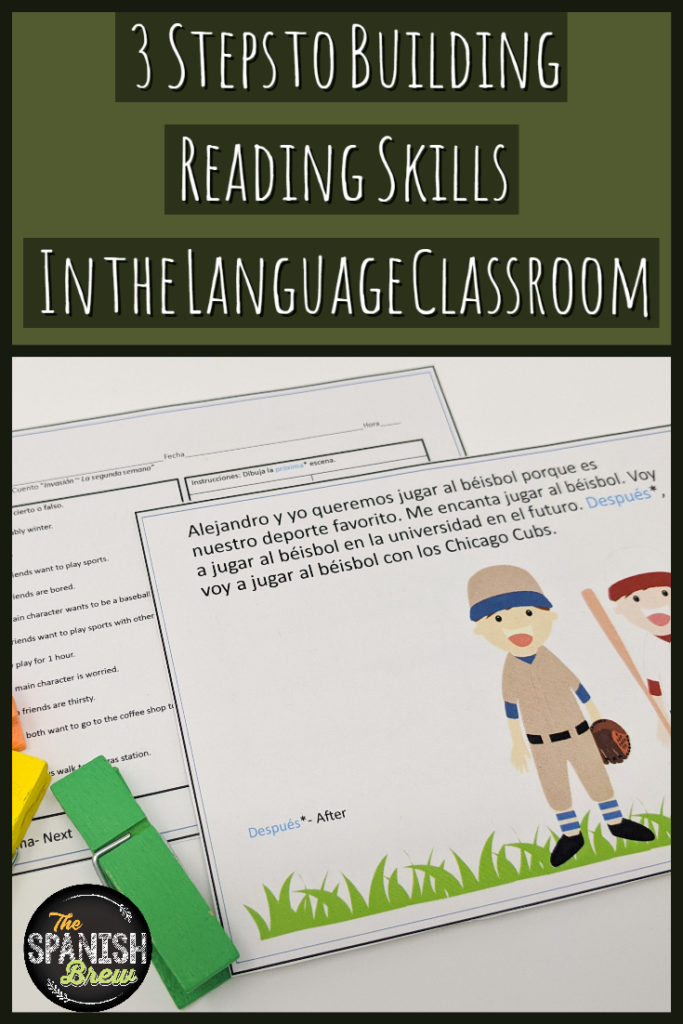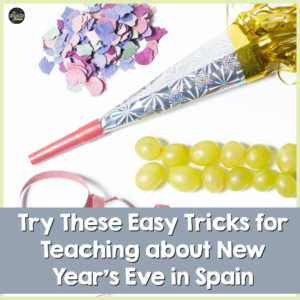April 2020
How do students acquire a second language? Input, input, input! It is so important for them to hear and see the language in context. I have really beefed up my “input game” through short stories.Three simple steps help me to give lots of repetition of key phrases to build that vocabulary. Read on to learn how I design my lessons to really get the most out of a story in my language classroom.
Step 1- Prereading Activities
Before you begin a story, you want to paint a picture in your student’s minds of what they are about to encounter. The more they can visualize it, the better. I accomplish this by giving them a prereading activities where they have to predict what the story is about. I project the main words from the story on the overhead projector and based on those words, they create their predictions. Some of them get really creative, which is awesome and it already lets them interact with the words from the story. Plus,if there are any new/hard words, we can disect them together so they are familiar with them before we even read.
Step 2- Read a creative story
Students love things they can relate to but they also love things that are wacky, outside of the box, or unexpected. More than anything, my students love to be creative and let their imaginations run wild. So it is really important to read stories that keep their attention. I love incorporating pictures to give extra context that will help them to decode the language
Step 3- Post Reading (Personal) Activities
We want to get the most out of our stories, right? Our goal should be to extend the activity as much as possible to give students lots of repetition (that’s how they acquire it! Studies show it takes 28 exposures to a word before it is learned and retained). I recommend using true/false statements to assess comprehension, personal questions that relate to the story so students can make connections from their life, and a creative writing assignment. I love when my students finish the story or add onto it. Get those creative juices flowing!
Bonus
Short stories make amazing sub plans. You know that your students are still getting amazing input even if you aren’t there. It is so easy to digitally post or print the stories and activities.
I hope this post has helped you to structure your lesson when teaching a short story. Remember, the more context you can give students, the more they will be able to visualize the story and thus decode the language. Pre Reading activities help to set the stage, creative stories keep students engaged, and post reading activities assess comprehension and give an opportunity for students to express their creativity.
Here are some example stories and activities for you to use in your classroom. They cover topics like school, food, daily routine, shopping, and more. Don’t forget to share this post on social media with your other teacher friends.





No Comments